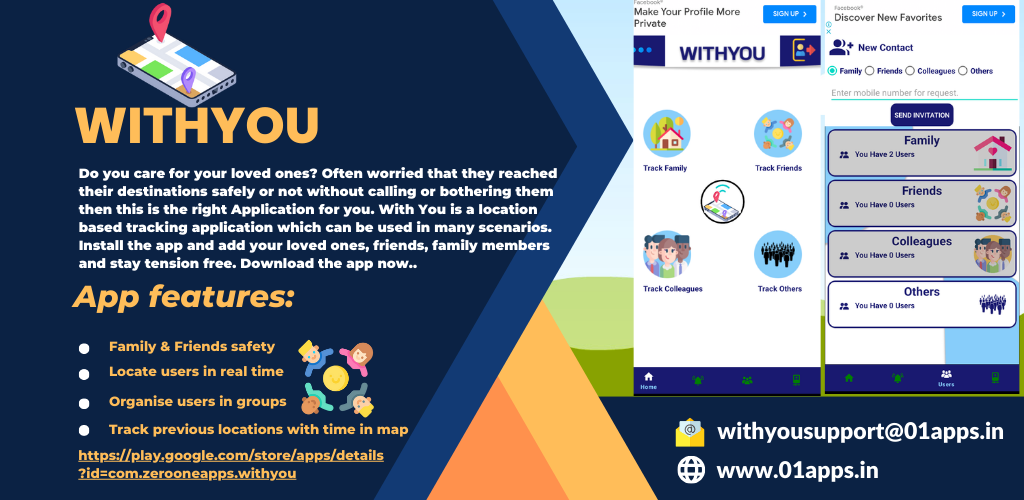A new analysis of data from the National Survey on Drug Use and Health finds a surprisingly high prevalence of prescription opioid use among youth. As recently as 2015-2016, 21 percent of adolescents and 32 percent of young adults said they had used these drugs in the past year.
Nearly 4 percent and 8 percent, respectively, reported misusing opioids. Findings were
published this week in
PLoS Medicine
(November 5).
“The percentages were higher than we expected,” says
Joel D. Hudgins, MD
, of
Boston Children’s Hospital’s
Division of Emergency Medicine and the paper’s first author. “They really highlight how common use of prescription opioids is in this vulnerable population.”
Hudgins, with coauthors John J. Porter, MBA, and Michael C. Monuteaux, ScD, and senior author
Florence T. Bourgeois, MD, MPH
, analyzed data from 27,857 adolescents (ages 12-17) and 28,213 young adults (18-25) in the U.S.
Of youth who reported misusing prescription opioids, 57 percent were obtaining them from friends or relatives (often for free, sometimes bought or stolen) versus only 25 percent from healthcare providers.
“In previous studies in adults, opioids were more commonly obtained from a physician,” Hudgins says. “Our findings show that the focus of prevention and treatment should include close friends and family members of adolescents and young adults, not simply prescribers.”
Respondents who misused opioids, particularly the young adults, often reported having used other substances (cocaine, 36 percent; hallucinogens, 49 percent; heroin, 9 percent; inhalants, 30 percent). At least half had used tobacco, alcohol, or cannabis in the past month.
A vulnerable group
It’s well known that teens and young adults are especially prone to becoming addicted once exposed to opioids, so the degree of exposure indicated by the study is worrisome. The findings complement the team’s earlier study, which reported
concerning rates of opioid prescribing
to youth aged 13-22 in the emergency department and certain outpatient clinics.
“Given these rates of opioid use and misuse, strong consideration should be given to screening adolescents and young adults for opioid use when they receive care,” says Hudgins.
###
The study was supported by the Burroughs Wellcome Fund (grant number 1017627).
About Boston Children’s Hospital
Boston Children’s Hospital is ranked the #1 children’s hospital in the nation by U.S. News & World Report and is the primary pediatric teaching affiliate of Harvard Medical School. Home to the world’s largest research enterprise based at a pediatric medical center, its discoveries have benefited both children and adults since 1869. Today, 3,000 researchers and scientific staff, including 8 members of the National Academy of Sciences, 21 members of the National Academy of Medicine and 12 Howard Hughes Medical Investigators comprise Boston Children’s research community. Founded as a 20-bed hospital for children, Boston Children’s is now a 415-bed comprehensive center for pediatric and adolescent health care. For more, visit our
Discoveries
blog and follow us on social media
@BostonChildrens
,
@BCH_Innovation
,
Facebook
and
YouTube
.
This part of information is sourced from https://www.eurekalert.org/pub_releases/2019-11/bch-hno110819.php
Bethany Tripp
617-919-3110
[email protected]
http://www.childrenshospital.org/newsroom

